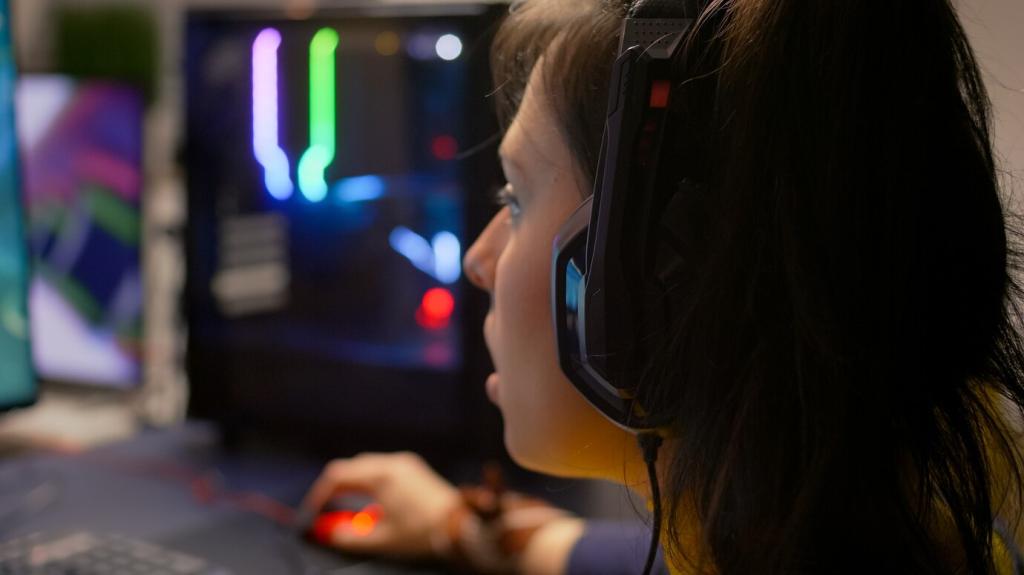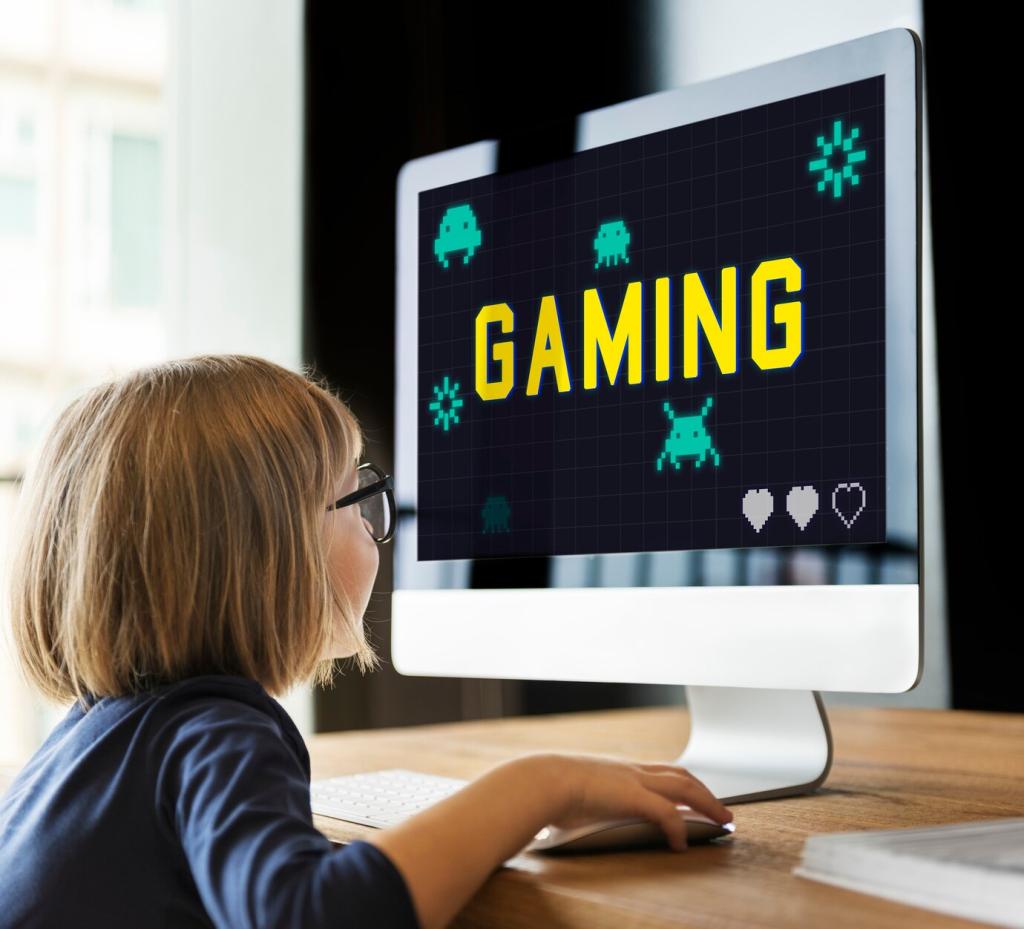Level Up Money Smarts: Gamified Finance Apps for Kids
Chosen theme: Gamified Finance Apps for Kids. Welcome to a playful path toward real-world money confidence, where quests, badges, and stories transform allowance chores into lessons that stick. Join our community, share your wins, and subscribe for weekly challenges and guides.

Why Gamification Works for Kid Finance
Children learn faster when feedback is immediate and visible. Points, streaks, and progress bars create a satisfying loop that turns saving and budgeting into small, repeatable wins. Ask your child which reward feels most motivating and share your findings with us.
Why Gamification Works for Kid Finance
When an app frames saving as a quest to build a treehouse or adopt a virtual pet, kids connect emotions to goals. Stories help them remember trade-offs, like waiting to upgrade gear versus impulse spending on skins.

Choosing the Right App for Your Family

Age Fit and Play Style
Younger kids benefit from simple visuals, tactile feedback, and short missions, while tweens enjoy strategy, trade-offs, and open-ended worlds. Look for adjustable difficulty, clear icons, and goal scaffolding that grows with your child’s confidence.

Safety, Privacy, and Ads
Review data policies, ad frequency, and in-app purchase controls. Seek parental dashboards, PIN-protected settings, and clear explanations of coins versus real money. Share your privacy checklist to help other parents make safer choices.

Real-World Tie-Ins
Apps that sync with allowances, chores, or a physical jar system encourage transfer of learning. Printable goal charts and weekly reflection prompts help kids connect virtual progress to real coins. Tell us what offline rituals you pair with app time.
Mechanics That Teach Earning, Saving, Spending, and Giving
Defined tasks—watering plants, reading minutes, or organizing toys—teach value exchange and effort-reward links. Transparent scoring prevents bargaining battles. Ask your child to propose a fair quest list, then post your family’s agreed rules to inspire others.
Mechanics That Teach Earning, Saving, Spending, and Giving
Progress bars and streak bonuses visualize patience. Kids see that waiting grows power, like unlocking a bike upgrade. If a streak breaks, gentle recovery mechanics encourage returning without shame. Share how you frame setbacks as learning moments.







Tracking Progress and Avoiding Pitfalls
Discuss the why behind goals. Ask, “What will this purchase help you do?” Reflection screens, not just badges, deepen learning. Encourage kids to teach back concepts to a sibling or friend and report what surprised you about their explanation.
Tracking Progress and Avoiding Pitfalls
Short, purposeful sessions beat endless scrolling. Pair app time with real actions—counting coins, comparing prices at the store, or planning a picnic budget. Share your favorite off-screen activity that extends a lesson learned in the app.

Students rotate roles—shopkeeper, advertiser, shopper—to experience pricing, negotiation, and needs versus wants. Tie in app-based quests that prepare or reflect on the simulation. Share one surprising observation your students made during debrief.

Groups choose a shared goal, like funding classroom plants or a charity donation. Apps track contributions and streaks, while reflection journals capture strategies. Tell us how you fostered fairness and kept quieter students engaged and confident.

Use scenario cards, quick missions, and portfolio badges that align with standards. Score for reasoning quality, not just the final answer. Post a sample prompt you used and how students responded to the challenge under time pressure.



